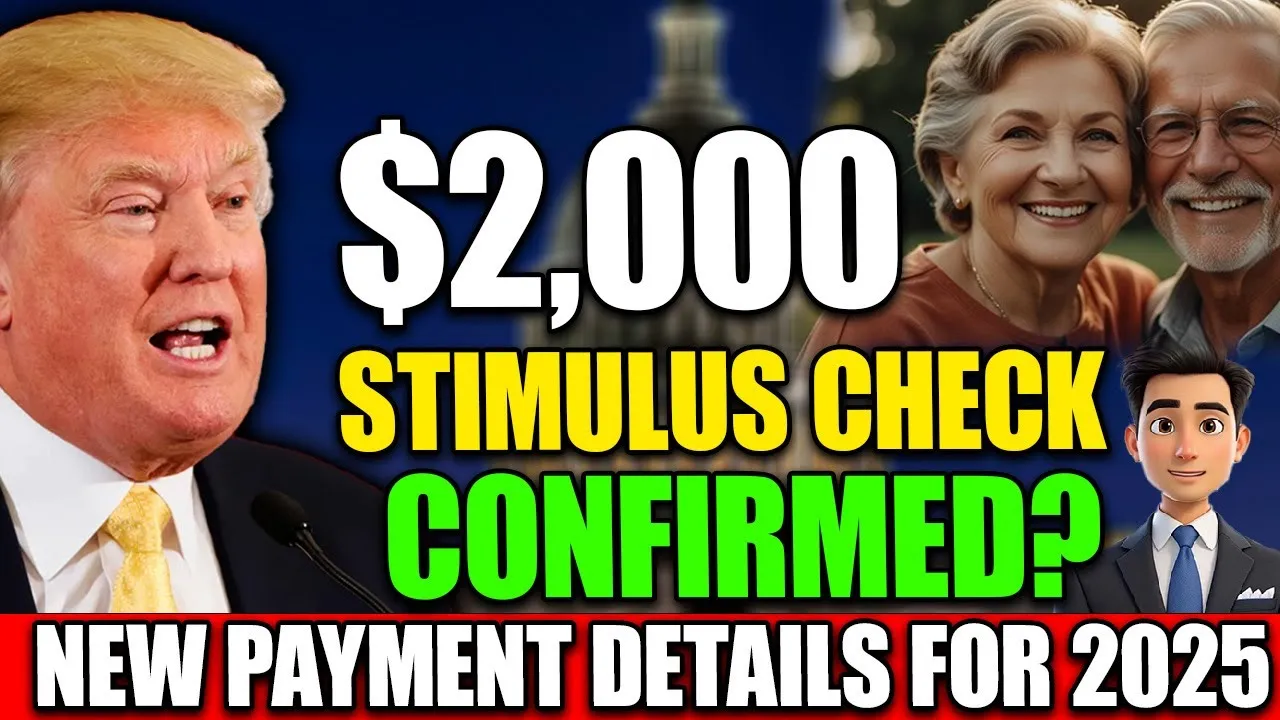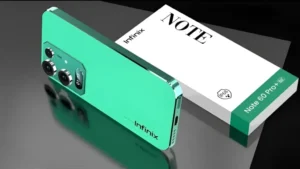Americans could soon see another round of direct financial relief. The $2,000 stimulus payment has been making headlines, with many wondering: Who qualifies, when will it arrive, and how much can I really expect?
This guide breaks down the latest details about the proposed 2025 stimulus, including eligibility rules, payment timing, and expert tips to prepare.
What Is the $2,000 Stimulus Payment?
The $2,000 stimulus check is a proposed one-time relief payment designed to help Americans manage inflation, rising costs, and everyday financial pressures.
Like earlier stimulus programs, payments would be distributed through:
- Direct deposit (fastest method)
- Paper checks
- Prepaid debit cards
What makes this round different is the higher payment amount and stricter eligibility rules to ensure funds reach households most in need.
A Look Back: History of Stimulus Payments
Since 2020, the U.S. government has issued multiple stimulus rounds, injecting trillions into the economy.
| Round | Year | Payment Per Person | Income Cutoff (Single) |
|---|---|---|---|
| 1st | 2020 | $1,200 | $75,000 |
| 2nd | 2020 | $600 | $75,000 |
| 3rd | 2021 | $1,400 | $80,000 |
| Proposed | 2025 | $2,000 | $90,000 (expected) |
The 2025 proposal stands out for its larger payout and focus on families hardest hit by inflation.
Why This $2,000 Relief Payment Matters
With inflation continuing to squeeze budgets, many families are struggling to keep up with:
- Rent and housing costs
- Utility bills
- Groceries
- Medical expenses
A $2,000 stimulus could help millions catch up on overdue bills, pay down debt, or simply gain some financial breathing room. Economists also note that the payments would provide a short-term boost to the broader U.S. economy.
Eligibility Rules: Who Qualifies for the $2,000 Stimulus?
Final rules are not yet confirmed, but based on past programs, the expected criteria are:
- Single filers earning up to $90,000
- Married couples earning up to $180,000
- Parents with dependents could receive an additional $500–$1,000 per child
- Reduced or no payments for those above the income limits
Expected Eligibility Breakdown
| Filing Status | Income Limit | Payment Amount |
|---|---|---|
| Single | Up to $90,000 | $2,000 |
| Married Joint | Up to $180,000 | $4,000 |
| Dependents | N/A | +$500–$1,000 each |
When Will Payments Arrive?
If Congress approves the proposal, distribution could begin within weeks of the bill’s passage.
- Direct deposits: Typically arrive first
- Paper checks & debit cards: Usually sent within 2–6 weeks after approval
Past stimulus rounds show most Americans received funds within this timeframe.
Key Facts About Stimulus Payments
- More than 85% of U.S. households received at least one stimulus check between 2020 and 2021
- Some people who missed earlier payments can still claim them through the IRS Recovery Rebate Credit
- Direct deposit remains the fastest way to get funds
Expert Tips to Prepare
- Update IRS information – Ensure your direct deposit details are correct
- File taxes on time – Eligibility often depends on your most recent tax return
- Beware of scams – The U.S. Treasury is the only source of real stimulus money. Ignore fake emails, texts, or calls asking for personal details
FAQs: $2,000 Stimulus Payment 2025
1. Do I need to apply for the $2,000 stimulus?
No, eligible recipients will receive it automatically.
2. Will Social Security recipients get this payment?
Yes, as with past rounds, Social Security beneficiaries are expected to qualify.
3. Is this guaranteed to happen?
Not yet. The payment is still under debate and requires approval by Congress.
4. How will I receive the payment?
Most will get it via direct deposit, but paper checks and debit cards are also options.
5. When could payments start?
If approved, they could begin rolling out within 2–6 weeks of the law being signed.
Final Word: Relief Could Be Near
The $2,000 stimulus payment could be a financial lifeline for millions of Americans struggling with high costs. While the proposal is still under discussion, history shows that once relief is approved, payments move quickly.
Stay alert, keep your tax and banking information updated, and watch for official announcements—your extra support may be closer than you think.



